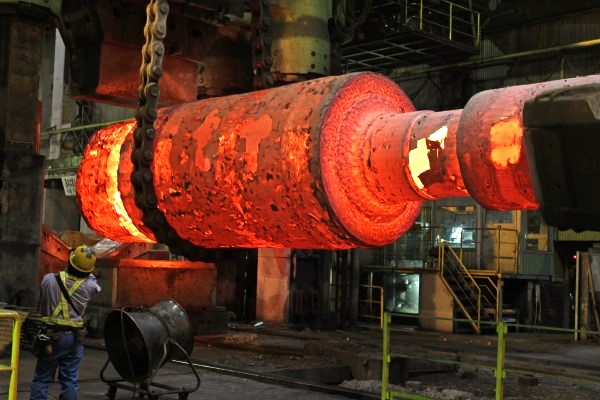Two months earlier, in June, the Cabinet had decided upon the country’s “Integrated Innovation Strategy and Grand Design” as well as the 2024 revised version of the “Action Plan for a New Form of Capitalism.” Both of those promote R&D on a Japanese prototype reactor to demonstrate fusion power, following the International Thermonuclear Experimental Reactor (ITER) Project. The aim is to generate power through nuclear fusion in the 2030s, ahead of the rest of the world.
On July 10, MEXT’s Science and Technology Committee on Fusion Energy said that it would revise its schedule for Japan’s R&D on prototype reactors, based on the delay in the ITER Project—whose achievement of first plasma has been pushed back from next year (2025) to 2034 or so—and those in the goals of other countries developing nuclear fusion.
On August 16, then, members of a working group under the committee—including OYAMA Naoyuki, director of Department of Research Planning and Promotion at the National Institute for Quantum and Radiological Science and Technology (QST)—voiced their opinions.
With QST taking the position that a swifter realization of power generation using a prototype reactor could boost activities in the nuclear industry, including startups, Oyama introduced the JA DEMO vision, in which the timing of a shift to the stage of prototype development would be decided in 2035 or so.
From the point of a domestic institution in the ITER Project, Oyama went on to explain the technological prospects for the development of a prototype reactor concept. Specifically, describing the concept “as an extension of ITER core technologies,” he said that Japanese technological capabilities could be fully exerted in the development of the toroidal-field magnetic coils (TF coils), breeder blankets and divertors.
Technologies apart from ITER concepts, meanwhile, will be developed on the basis of the industry’s power-generation plant technologies and its operational experience, as well as heretofore unexplored technologies discovered by universities and the like.
At the same time, other committee members pointed out the need to pay sufficient attention to “factors that will determine the shifting to a prototype reactor,” based on the rise of startup companies and research in a germinal stage, including R&D on fusion reactors other than tokamaks.
In response to the above developments, MEXT representatives indicated concrete directions for various activities to develop the infrastructure underlying the realization of prototype reactors—including R&D, developing human resources (HR), outreach, and centralization for the sake of innovation—thereby showing the way forward.
As for HR development, the ITER International School (IIS2024) will be held in December under Japan’s initiative, letting students and young scholars from seven parties to the ITER Project study nuclear fusion in this country. Meanwhile, on August 26, the second JT-60SA International Fusion School started at the QST facility.
In terms of outreach, PR activities will be conducted at next year’s Osaka EXPO.
A committee member suggested the need to strengthen efforts to blend all activities, saying that “the younger generation is also watching.”











